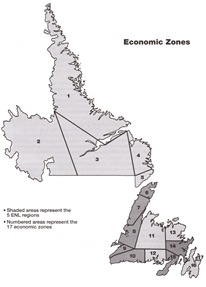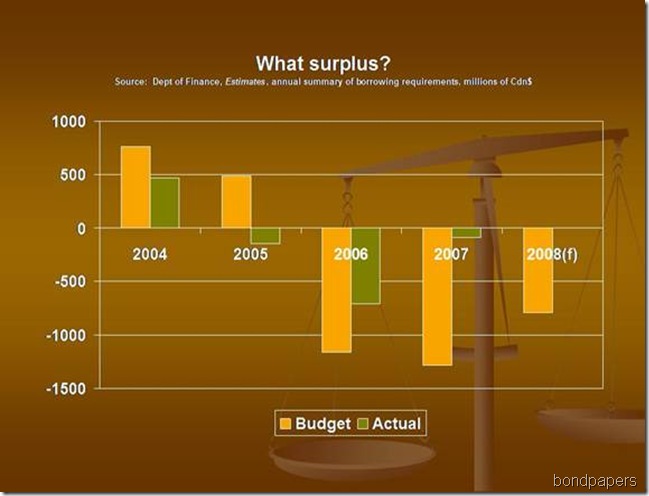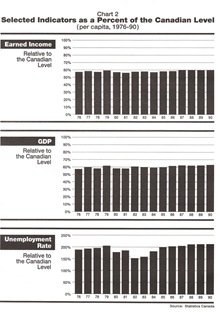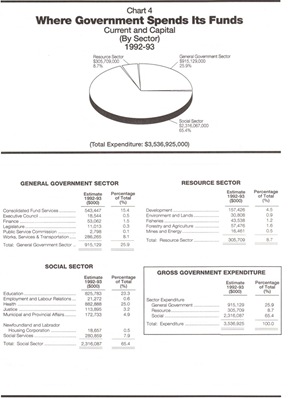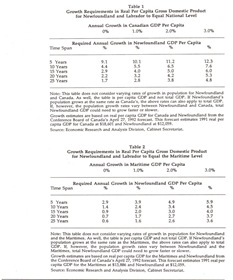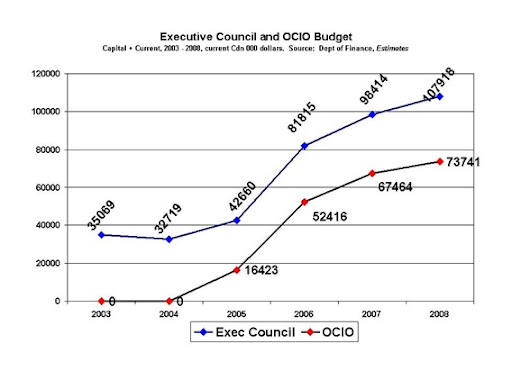Education and Training
Education is the key to economic development. Studies have shown conclusively that skills, qualifications, innovation and the adaptability of individuals are critical determinants of economic performance and the success of enterprises.
During the public consultation process on the development of this strategic economic plan, the general public indicated that the status quo is no longer acceptable. The public felt that our economic circumstances cannot be improved without a fundamental change of attitude on the part of Government and the people. The public generally perceived education to be the single most important element in facilitating a change in attitude, but indicated that they had serious reservations about the ability of the education system, as it is currently structured, to meet the challenges.
There is also a general belief that the education curriculum should be more focused, more relevant and more challenging; that there is a tremendous need for better guidance and career counseling; and that there should be better links between the school system, the post-secondary system and the private sector. People want to see increased efficiencies in the system and they want to see the savings realized from increased efficiencies reallocated within the education system to address its most urgent needs, such as improved facilities and equipment, laboratories, libraries, computers, books and other learning materials. People also realize that education must become a life-long process. In pursuing its strategic objectives, Government will draw extensively on its public consultation process and on the recommendations of the recent Royal Commission of Inquiry into the Delivery of Programs and Services in Primary, Elementary, Secondary Education.
Strategy Statement. The Province will undertake initiatives to ensure that the education and training system is more responsive to changing labour market demands for a highly skilled, innovative and adaptable workforce. Special initiatives will be pursued which allow governments, business and labour to work together to improve the level and quality of education, training and re-training.
Actions. The Province will:
11. Review and update course curricula at all levels and conduct evaluations of curriculum implementation to ensure that courses continue to be relevant to the changing needs of society and the economy by:
- introducing new programs at the intermediate and secondary levels which focus on the sciences, enterprise, cooperative education and technology based education;
- expanding the provision and use of computers and computer-based technologies within the school system and developing a comprehensive information technology plan for the Department of Education and the school system; and
- expanding the current post-secondary cooperative education program by including additional designated occupations and exploring the application of work/study concepts to the pre-apprenticeship programs;
12. Develop a dynamic post-secondary education system which is capable of meeting the education and training needs of all citizens, which can identify and address areas of weakness in our human resource requirements and which can respond quickly to changing requirements of the workplace and the economy.
Specifically the Province will:
- design and implement a provincial common studies program for colleges, establish a council for academic credit transfer, and, where feasible, revise provincial post-secondary programs to a credit-based system;
- establish high school graduation or its equivalent as the minimum admission requirement to all provincial post-secondary programs, and mandate colleges to offer preparatory programs so that adults can upgrade to meet the new requirements;
- give high priority to developing student support services in the provincial post-secondary system, including better guidance and career counseling;
- support Memorial University's efforts to increase program emphasis related to the Province's marine focus;
- change the provincial teacher certification process to strengthen the province's educational workforce and recommend that Memorial University raise the entrance standards for the Teacher Education Program at Memorial University; and
- establish a Centre of Expertise for training teachers for rural and
small schools.
13. Form new partnerships between the public and private sectors based
on common interests and mutual interdependence. Specifically the Province will mobilize business, labour and the education community through:
- implementing a provincial "Adopt a School Program";
- supporting expansion of the Junior Achievement Program;
- expanding cooperative education programs;
- recruiting high-profile community individuals to be "Partnership Champions";
- promoting community education by establishing a province-wide system of community-based "Partnership Action Teams";
- developing and implementing a process for evaluating education and training programs;
- establishing measurable objectives against which to evaluate the strategy's success and prepare an annual report card to track the progress being made towards achieving the Province's educational goals; and
- strengthening the links between the education system and private industry by initiating a formal exchange program whereby individuals from industry would work in the Department of Education and departmental employees in private industry;
14. Establish a Kindergarten-Grade 12 education system that is student-and classroom-oriented, and capable of responding to the changing requirements of society and the economy. Specifically the Province will:
- establish standards of performance in the core areas of literacy, numeracy and science. This will assist school districts and schools to improve their assessment of students in the classrooms and ensure that all workers have the foundation they need to pursue the retraining required to meet changing economic conditions;
- in consultation with the appropriate agencies, implement a professional development program for teachers which requires that they participate in in-service training as a condition of continued certification, and which ensures the matching of teacher training with the actual needs in the education system and the workforce;
- expand the distance education program to small schools and offer additional courses;
- implement revised graduation requirements commencing in the 1992 school year to place more emphasis on mathematics, the sciences and economic education; and
- implement better career guidance and counseling services to provide relevant and current advice to students entering post-secondary institutions and the private sector.
15. Substantially increase initiatives which address adult illiteracy and provide basic skills upgrading. These initiatives will be extended beyond traditional adult basic education programming in the school and college system and will be linked with federal and provincial training programs. Among the initiatives to be undertaken is a workplace literacy program to provide employees with the basic
academic foundation necessary to undertake retraining for alternative employment opportunities.
16. Streamline the present school system to make it more efficient, cost effective and responsive; the money generated through such changes will be reinvested in education resources that are of most benefit to students.
17. Develop and implement, in conjunction with the Federal Government, human resource development initiatives focusing on skills improvement to adjust and adapt to the current economic environment.
-srbp-

